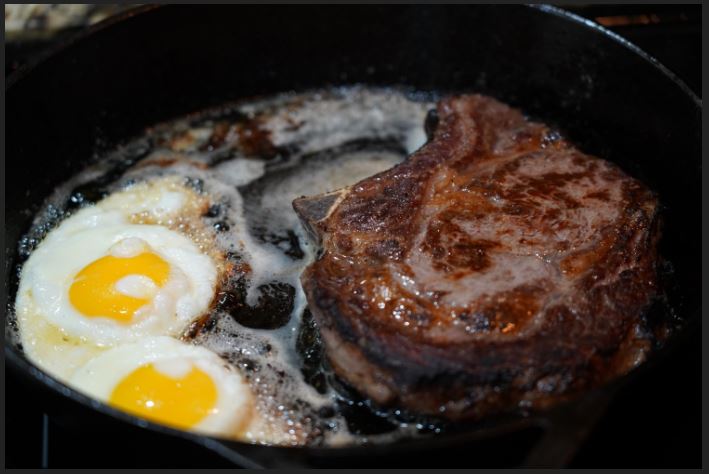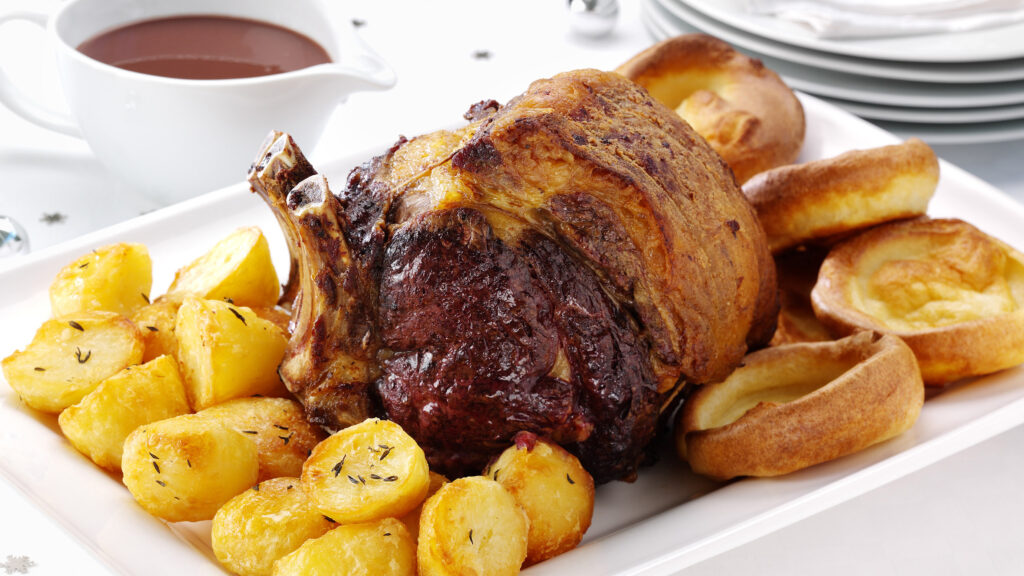From Longtime Reader and Friend Mark S. comes this episode from the Bearded Ones about making biltong, and it’s good. (Warning: contains a Seffrican.)
It is almost exactly the way I make it, except that I don’t have a fancy drying room. And the overnight “cook” in the brine (prior to the drying thereof) I do in a sealed Baggie overnight, turning it over halfway through, as does the Seffrican guy in the video.
Also, if you cannot regulate the drying temperature (as most can’t — I dry my biltong in our garage, for instance), then you can’t really dry it for six days, because then it’ll come out like driftwood. I go for three days — tops — and New Wife’s piece sometimes only two-and-a-half days.
Note however that our Seffrican star of the show doesn’t actually give any secrets away in terms of the quantities of the spices in the mix that he uses (other than the Bearded Butcher spice, that is), which is kinda cheating y’all out of the refinement of the process. Dosage, as Doc Russia always says, matters.
Just as a reminder, then, let me list the quantities I use, per 1lb of raw beef:
- 8 tbsp red wine vinegar OR brown apple cider vinegar
- 2 tbsp coarse (kosher) salt
- 2 tsp coarse ground black pepper
- 3 tbsp whole coriander seeds, roasted dry then finely ground
…and the process is described here.
Of late I’ve been adding about a teaspoonful of Lawry’s Seasoning Salt to the mix — in case you don’t want to go through the hassle of ordering seasoning from Bearded Butchers and just want to grab it at the supermarket. New Wife, who is more a connoisseur of biltong than even I am, pronounces the new mix “delicious”, so be my guest. (Oh, and she likes the fatty, moist biltong, whereas I prefer the leaner, drier variety.)
Also, don’t forget to try Reader Sean’s Biltong Recipe, which is excellent.
Finally, let me issue a word of warning about this lovely stuff, as always: it is highly addictive, so don’t come crying to me when your butcher’s bill escalates.
It’s bad enough that I’m blamed for causing UGPI (Uncontrollable Gun Purchase Impulse) without having a biltong addiction tossed, so to speak, into the mix.
















